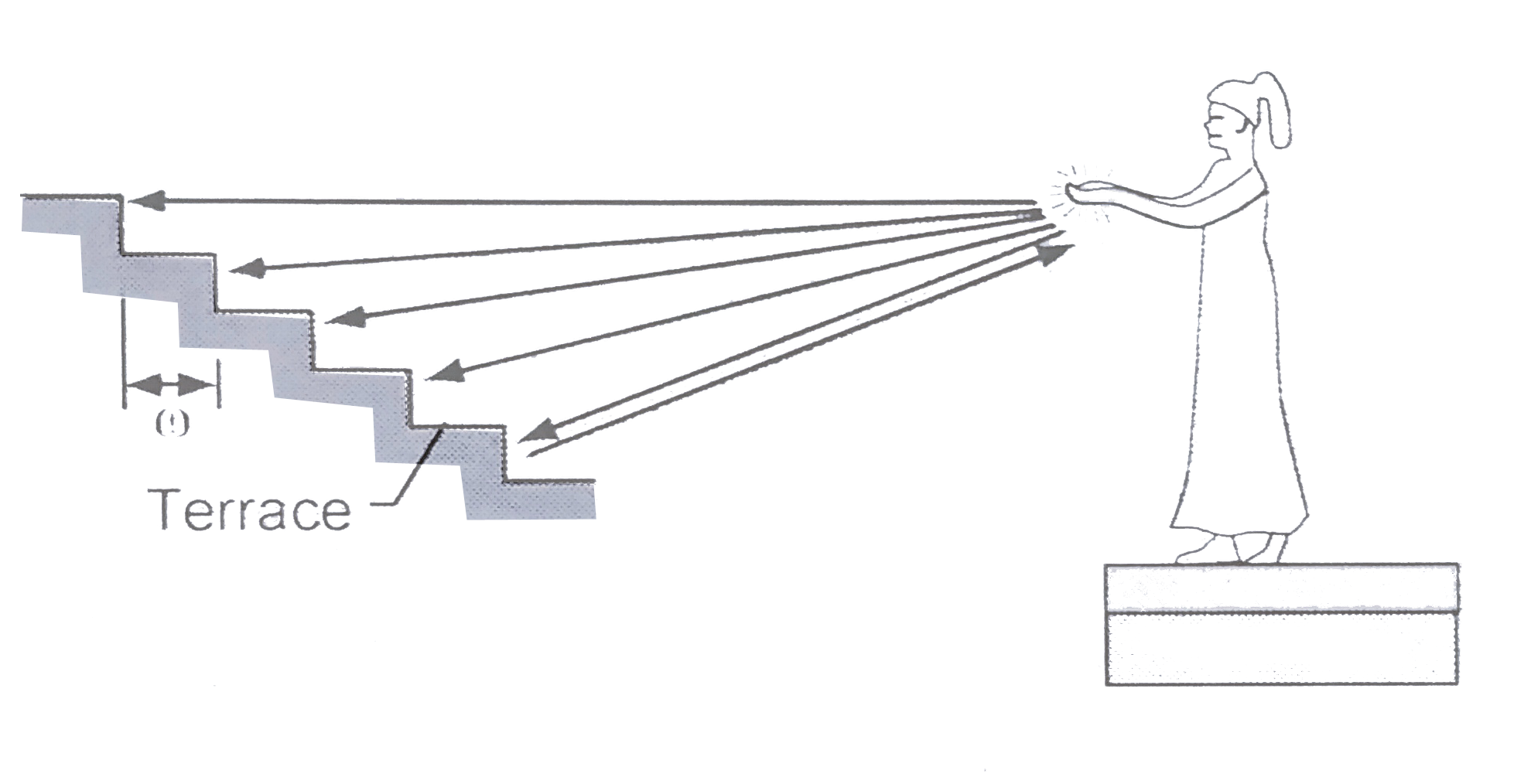A sounding of dilute plasma by radiowaves of various frequencies reveals that rediowaves with wavelength exceeding experience total internal reflection. Find the free electron concentration in that plasma.
In the plasma radio waves with wavelength exceeding are not propagated. We interpret this to mean thet the permittively become negative for such waves. Thus
if
Hence
or
Topper's Solved these Questions
- OPTICSBOOK - IE IRODOV, LA SENA & SS KROTOVCHAPTER - OPTICSEXERCISE - Optics Of Moving Sources
22 Videos
- OPTICSBOOK - IE IRODOV, LA SENA & SS KROTOVCHAPTER - OPTICSEXERCISE - Thermal Equation
47 Videos
- OPTICSBOOK - IE IRODOV, LA SENA & SS KROTOVCHAPTER - OPTICSEXERCISE - Polarization Of Light
43 Videos
- MECHANICSBOOK - IE IRODOV, LA SENA & SS KROTOVCHAPTER - MECHANICSEXERCISE - Mechanics Problems
92 Videos
- OSCILLATIONS AND WAVESBOOK - IE IRODOV, LA SENA & SS KROTOVCHAPTER - OSCILLATIONS AND WAVESEXERCISE - Electromagnetic Waves, Radiation
36 Videos
Similar Questions
One has to manufacture a quartz plate cur parallel to its optical axis and not exceeding 0.50mm is thickness. Find the maximum thickness of the plate allowing plane-polarized light with wavelength λ=589nm
(a) to experience only rotation of polarization plane,
(b) to acquire circular polarization after passing through that plane.
View SolutionIlluminating the surface of a certain metal alternatively with light of wavelength λ1=0.35μm and λ2=0.54μm, it was found that the corresponding maximum velocities of photo electrons have a ratio η=12.
Find the work function of that metal.
View Solution
Knowledge Check
An electron is moving initially with velocity voˆi+voˆj in uniform electric field →E=−E0ˆk. If initial wavelength of electron is λ0 and mass of electron is m. Find wavelength of electron as a function of time.
Aλ0√1+e2E2m2v20t2Bλ0√2+e2E2m2v20t2Cλ0mv0eE0tD2λ0mv0eE0tA handclap on stage in an amphitheater sends out sound waves that scatter from terraces of wdth w=0.75m (see figure). The sound returns to the stage as a periodic series of pulses, one from each terrace, the parade of pulses sound like a played note. Assuming that all the rays in Figure are horizontal, find the frequency at which the pulses return (that is, the frequency of the perceived note). Take the speed of sound to be 330m/s
 A248HzB220HzC456HzD440Hz
A248HzB220HzC456HzD440Hz
(i) A source of sound emits waves of frequency f0=1200Hz. The source is travelling at a speed of v1=30m/s towards east. There is a large reflecting surface in front of the source which is travelling at a velocity of v2=60m/s towards west. Speed of sound in air is v=330m/s.
(a) Find the number of waves arriving per second at the reflecting surface.
(b) Find the ratio of wavelength (λ1) of sound in front of the source travelling towards the reflecting surface to the wavelength (λ2) of sound in front of the source approaching it after getting reflected.
(ii) A sound source (S) and an observer (A) are moving towards a point O along two straight lines making an angle of 60∘ with each other. The velocities of S and A are 18ms–1 and 12ms–1 respectively and remain constant with time. Frequency of the source is 1000Hz and speed of sound is v=330ms–1.
(a) Find the frequency received by the observer when both the source and observer are at a distance of 180 m from point O (see figure). (b) Find the frequency received by the observer when she reaches point O.
View SolutionIlluminating the surface of a certain metal alternately with light of wavelengths λ1=0.35μ m and λ−(2)=0.54±, it was found that the corresponding maximum velocities of photo electrons have a ratio η = 2. Find the work function of that metal:
View SolutionA photon with enegry hω=0.15MeV is scattered by a stationary free electron changing its wavelength by Δλ=3.0±. Find the angle at which the compton electron moves.
View SolutionIn a Young's double slit experiment, one of the slits is covered by a thin film of thickness t=0.04 mm, and refractive index μ=1.2+9×10−14m2λ2, where λ is the wavelength in meter. A beam of light consisting of two wavelength λ1=400nmandλ2=600nm falls normally on the plane of the slits. Find the distance between two central maxima in milimeter. Distance of screen from slits is 400 times the the separation between the slits.
View Solution(a) Photoelectric threshold of metallic silver is λ=3800Å. Ultravilolet light of λ=260 nm is incident on silver surface. Calculate :
(i) the value of work function in joule and eV
Kmax of the emitted photoelectrons
(iii) vmax of the photoelectrons
(b) Ultraviolet light of wavelength 280 nm is used in an experiment on photoelectric effict with lithium (ϕ=2.5eV) cathode. Find
(i) the maximum kinetic energy of the photoelectrons
(ii) the stopping potential
(c) Find the maximum magnitude of the linear momentum of a photelectron emitted when light of wavelength 400 nm falls on a metal (ϕ=2.5eV).
(d) A monochromitc light source of intensity 5 mW emits 8×105 photons per second. This light ejects photoelectrons from a metal surface. The stopping potential for this set up is 2.0V . Calculate the work function of the metal.
(e) The maximum kinetic energy of photoelectrons emitted from a certain metallic surface is 30 eV when imonochromatic radiation of wavelength λ falls on it. When the same surface is illuminated with light of wavelength 2λ the maximum kinetic energy of photo electrons is observed to be 10 eV. Calculate the wavelength λ and determine the maximum wavelength of incident radiation for which photoelectrons can be emitted by this surface.
View SolutionAn electromagnetic wave of frequency ω propagates in dilute plasma. The free electron concentration in plasma is equal to n0. Neglecting the interaction of the wave and plasma ions, find:
(a) the frequency dependence of plasma permittivity,
(b) how the phase velocity of the electromagnetic wave depends on its wavelength lambda in plasma.
View Solution
